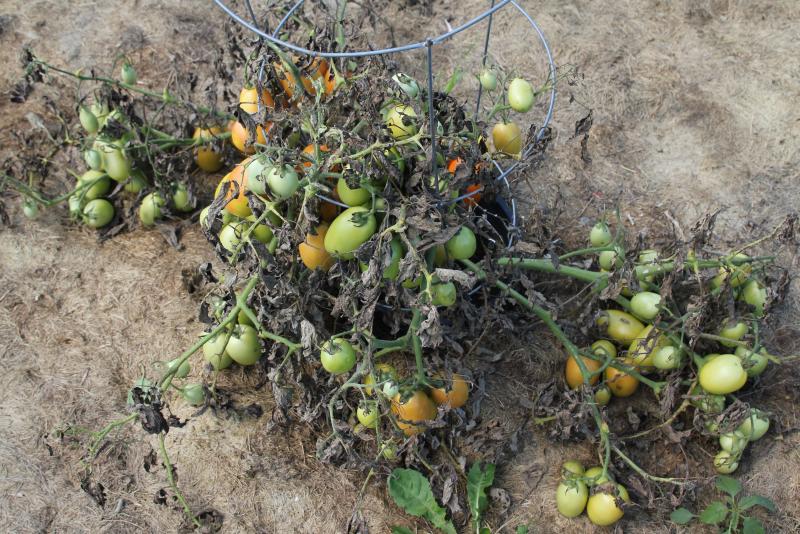
Most of the questions that have been coming in lately, and also earlier this summer, relate to tomato problems. Despite early predictions that this summer was going to be dry, many areas have received above average rainfall with many parts of South Dakota far exceeding typical rainfall amounts in the month of August. Many gardeners received 5 to 8” of rain or more in the first three weeks of August alone. Very warm and humid weather was also common in early to mid-August which helped to spawn thunderstorms that produced strong winds, heavy rain and in isolated areas, hail.
Common Wet-Weather Diseases
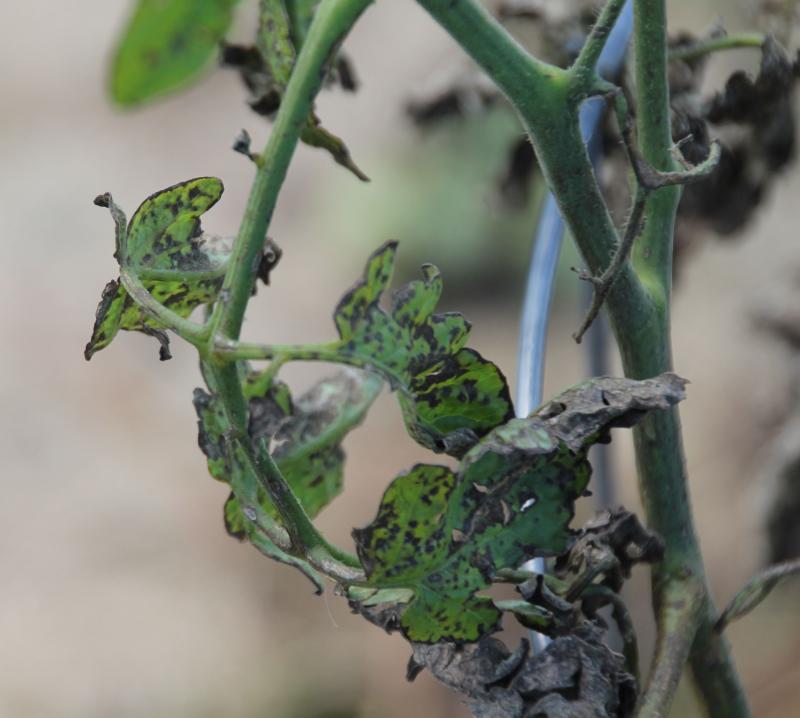
As in most years, the most common problem with tomatoes this year was blight. There are several common fungal blights with Septoria leaf spot being the most common. It causes small dark spots on the leaves then the leaves tend to turn yellow and fall off. It usually starts at the bottom of the plant and works its way upwards. It is favored by wet and humid weather so the rainy weather we have seen in many areas is very conducive to its development and spread. If you water your garden with overhead sprinklers, that can spread it too. This disease usually does not cause damage to the fruit but the plant loses so many leaves that it cannot support a good crop of fruit.

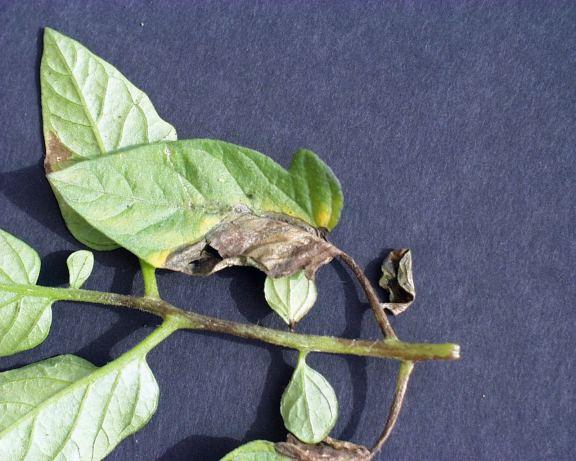
The other two main diseases of tomato are late blight and early blight but I have not seen many samples of either of these two diseases this summer. They cause larger spots to develop on the leaves, stems and fruit. They are also caused by fungal pathogens. Protective fungicides containing chlorothalonil (Daconil®) can help with all of these diseases but they need to be applied at the first signs of the disease.
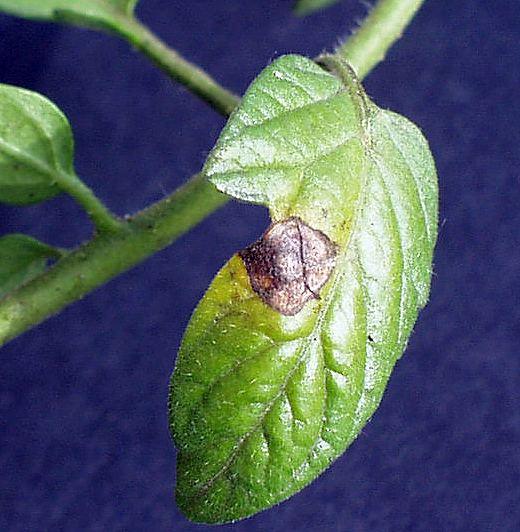
Bacterial spot and bacterial speck have also been seen in many gardens this season. These bacterial diseases cause small dark spots to develop on the fruit and leaves. The spots are usually surrounded by a yellow halo at early stages of the disease. Unlike the fungal diseases, fungicides are of little use in controlling bacterial disease problems. But if you can find garden disease control products that contain copper, these may be helpful in slowing the spread of these diseases.
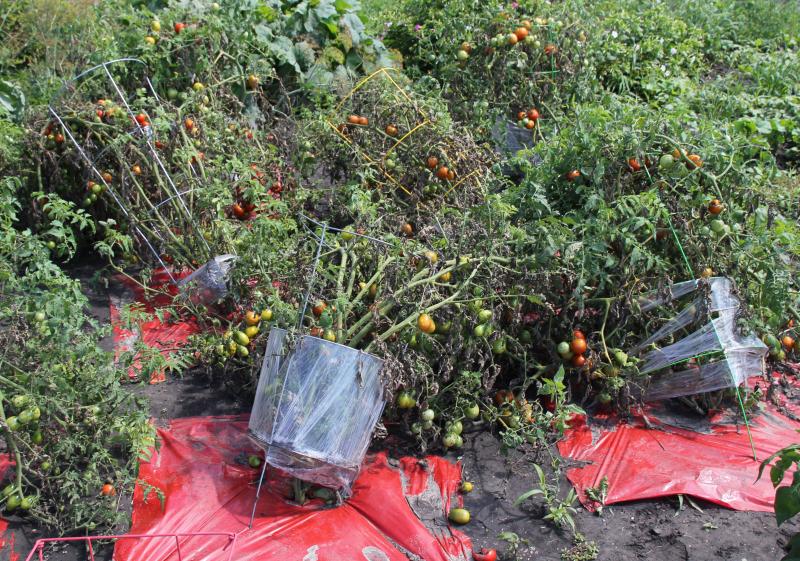
Mulching around the plants will also help delay the initial onset of the disease but are of little use once the disease has spread up into the plant. Spacing plants apart and staking to allow for good air circulation is also helpful. Using tomato cages around plants can help too. Unfortunately, most of the inexpensive tomato cages that are sold are simply not that strong and usually collapse under the weight of a large plant bearing multiple fruits on each stem. A stronger cage or other support would be more helpful. If stems break off over the cages, this will also decrease yield. Tomato fruit sitting on wet soil is also more likely to rot or be subjected to pest problems like slugs that will eat the fruit.
Harvest Considerations
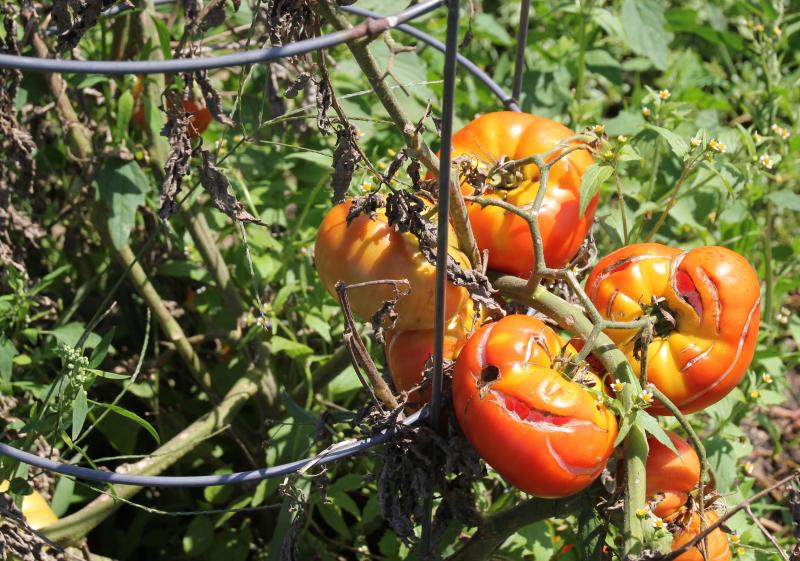
By this time of the year, most people are in the midst of tomato harvest. If their plants are severely damaged by Septoria leaf blight, fruit size will be reduced and further development and ripening will be slowed. Heavy rain can also lead to fruit cracking as nearly mature fruit take up more water from the plant than they can really use. Harvesting fruit before it is fully ripe can help avoid the problem if heavy rain is expected. Certain varieties are more prone to cracking than others, so do some research on the varieties you select before planting next spring. They should mention that they are crack resistant.


